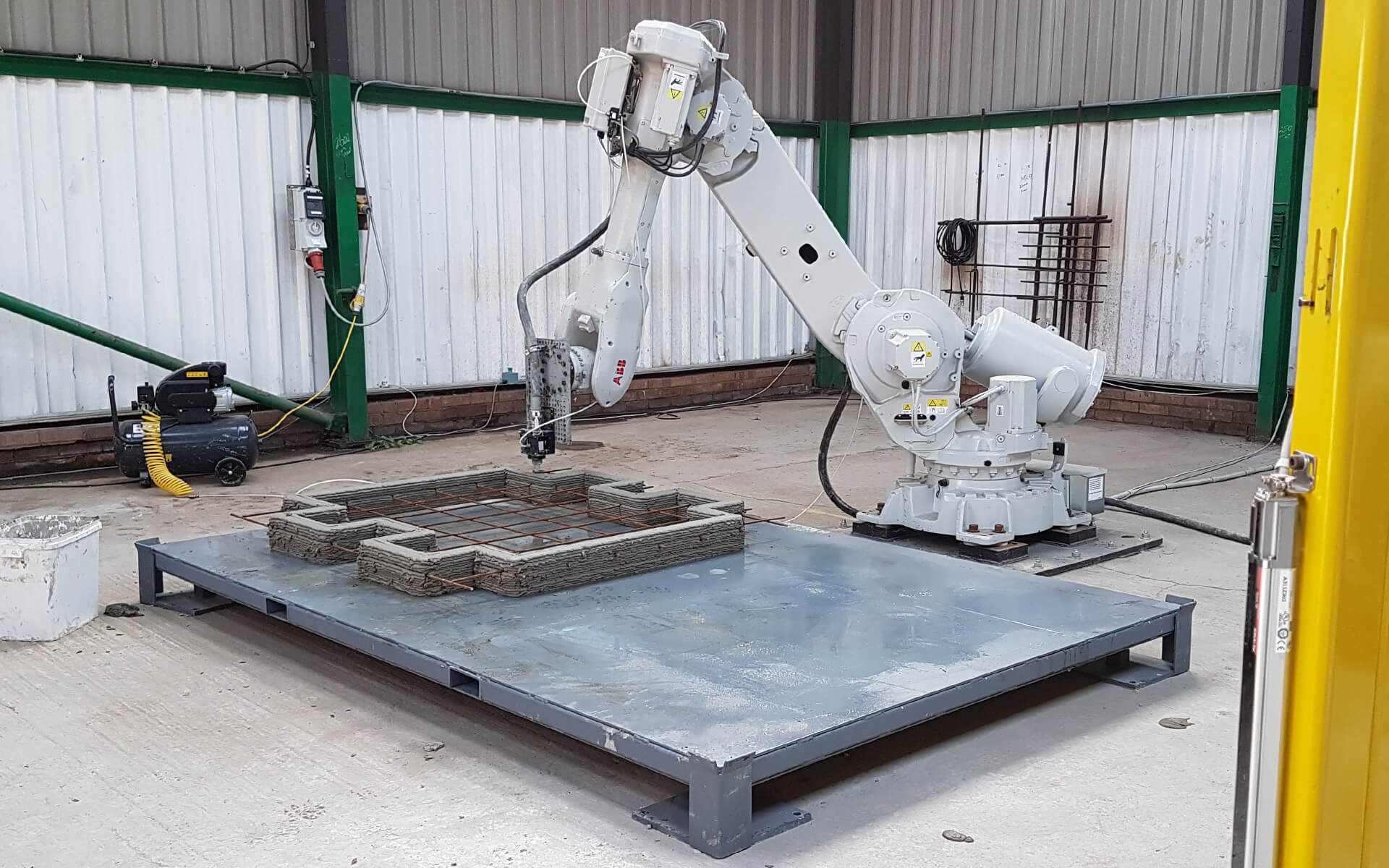10 new and emerging technologies in civil engineering (2024–2025)
Here are 10 new and emerging technologies in civil engineering (2024–2025) that are transforming how infrastructure is planned, built, and maintained:
🏗️ 1. 3D Concrete Printing
What it is: Using robotic arms or gantry systems to print complex concrete structures layer-by-layer.
Benefits: Faster construction, reduced labor cost, customizable designs, less material waste.
Example: 3D-printed pedestrian bridges and low-cost housing.

🧠 2. AI and Machine Learning in Design & Project Management
Applications:
Predictive maintenance of structures.
Risk assessment and cost estimation.
Automated quality control using image recognition.
Tools: Autodesk Construction IQ, OpenAI Codex for BIM modeling.

🌍 3. Building Information Modeling (BIM) 7D
Beyond 3D: 4D (time), 5D (cost), 6D (sustainability), and now 7D (facility management).
Benefit: Full lifecycle management from design to demolition.
Software: Autodesk Revit, Bentley Systems, Trimble.

🧱 4. Self-Healing Concrete
Mechanism: Embedded capsules of bacteria or chemical agents that react with water to seal cracks.
Benefits: Increases lifespan of structures, reduces maintenance cost.
📡 5. Drones for Surveying and Inspection
Use Cases:
High-resolution aerial surveys.
Bridge and tower inspections.
Construction site monitoring.
Advantage: Faster data collection, safer access to hazardous areas.
🌫️ 6. Geopolymer Concrete
Eco-friendly alternative to Portland cement using industrial by-products (fly ash, slag).
Advantages: Lower carbon footprint, high thermal resistance.
🌡️ 7. Smart Materials and Sensors (SHM)
Examples: Fiber optic sensors, piezoelectric sensors.
Use: Real-time monitoring of stress, cracks, vibrations in bridges, tunnels, and dams.
🦾 8. Robotics in Construction
Applications:
Brick-laying robots (e.g., SAM100).
Rebar-tying robots.
Demolition robots.
Impact: Enhances precision, improves safety, reduces labor shortages.
♻️ 9. Recycled and Sustainable Materials
Examples:
Recycled plastic roads.
Bamboo reinforcement.
Green concrete (using carbon capture).
Goal: Reduce environmental impact and promote circular economy in construction.
🌐 10. Digital Twins
What it is: A virtual replica of physical assets (like bridges or buildings) that updates in real-time using IoT and sensors.
Uses: Simulation, predictive maintenance, performance optimization.
- [THÔNG BÁO] – Lịch bảo vệ Capstone 1&2 (chỉnh thức) và Một số lưu ý quan trọng
- Giới thiệu khoá học IPv6 Address Planning Course (APNIC Academy)
- NHỮNG KĨ NĂNG CẦN THIẾT CỦA SINH VIÊN NĂM NHẤT TRONG THỜI ĐẠI CÔNG NGHỆ SỐ
- Hướng dẫn cài đặt Flask cho ứng dụng Python trên aaPanel
- CẢNG BIỂN VÀ CÁCH VẬN HÀNH CẢNG BIỂN
